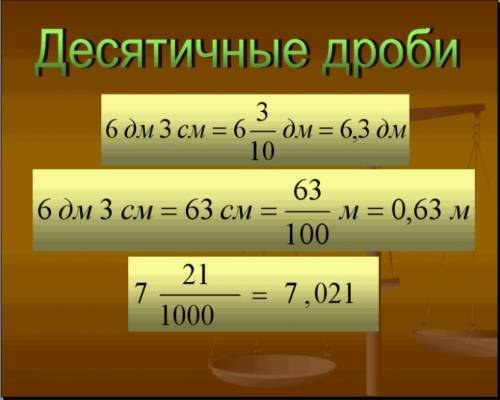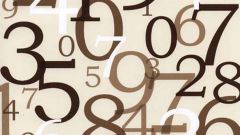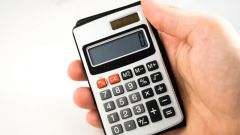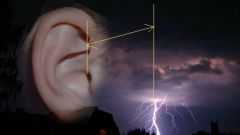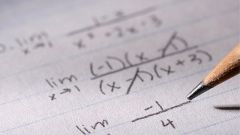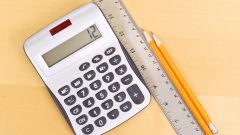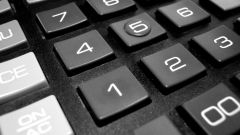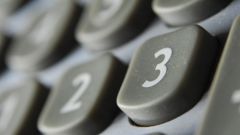You will need
- - knowledge of digits after the decimal point;
- - skills with decimals.
Instruction
1
Decide what category you want to round a decimal. Write it to the next number after this discharge. For example, if you want to round a number to a decimal 3,6789468... thousandths, it can be written in the form 3,6789.
2
Look at the number that follows the category to which you are rounding. If this figure is equal 0, 1, 2, 3, 4, rewrite this number to rounded of discharge unchanged and all the digits that go next, just drop.
3
For example, if you want to round a number to two decimal places 2,1643678..., perform the following steps:- locate the digit to which the number is rounded (in this example figure 6); the next digit that comes after the hundredths is 4. since it is included in the range of less 5 (0, 1, 2, 3, 4), just drop this digit and all digits that follow it. Rounding result to two decimal places is the number of 2.16.
4
If, after discharge, to which you are rounding, is a figure that is more 4 (5, 6, 7, 8, 9), perform other actions. Add to the figure, which stands on the site of the discharge to which you are rounding, number 1, and all digits coming after the drop.
5
For example, if you want to round a number to the thousandths 4,3458935, do the following:- find the number which stands on the site of the discharge thousandths. In this case 5;- find the next number which is equal to 8;- it is more than 4, so the number 5 add 1;- write down the result, which in this case will be equal to 4,346.
6
If the category to which you are rounding is represented by the number 9, after adding 1 to the location of the discharge set to 0 and add 1 to the previous digit and so on. When you write the rounded decimals , the zeros are discarded. For example, if you want to round the number 7,899712 to hundredths, add 9 to the number 1 record in its place of 0 and 1 add to 8. You will get number of 7.90=7.9.and
